How To Grow Creeping Phlox
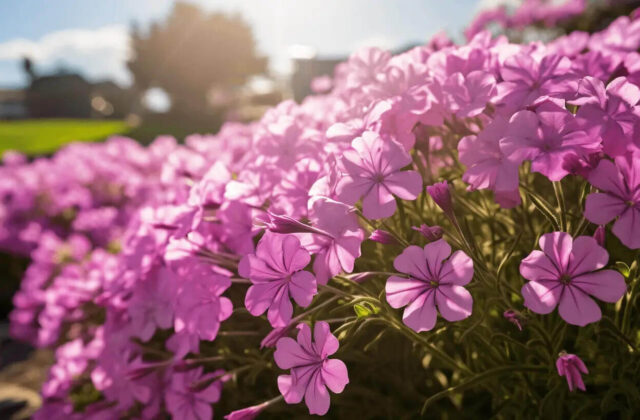
Introduction
Creeping Phlox, scientifically termed Phlox subulata, emerges as a captivating perennial ground cover, elevating gardens with vibrant blooms and luxuriant foliage. Also known as moss phlox or mountain phlox, this versatile and low-growing plant, native to North America, takes center stage with its cascading flowers and evergreen leaves. To master how to grow creeping phlox, actively engage in soil preparation, ensuring it is loose and well-draining while incorporating organic matter for enhanced fertility. Planting in spring or early fall, proper spacing, regular watering, and strategic pruning are vital elements to nurture the health and longevity of this plant.
With blossoms in candy-colored hues of pink, purple, blue, and white, this perennial, sometimes known as moss phlox, reaches a modest height of about 8 inches. Its enchanting quality lies in the creation of a delightful carpet of color, making it an ideal choice for the front of borders, slopes, or rock gardens. Even when not adorned with blooms, creeping phlox maintains its visual appeal, boasting bright green, needle-like foliage that adds a delightful texture to your garden. Adaptable to a wide range of climates, this resilient plant thrives in zones 3-9, ensuring its enduring charm across diverse landscapes. Gardeners often seek advice on how to grow creeping phlox to enhance their landscapes.
Different Varieties Of Phlox
Garden Phlox (Phlox Paniculata)
David: A classic variety with pure white flowers, ‘David’ is known for its tall and upright growth habit, making it an elegant addition to garden borders. Its striking appearance and pleasant fragrance make it a favorite among gardeners looking for a timeless choice.
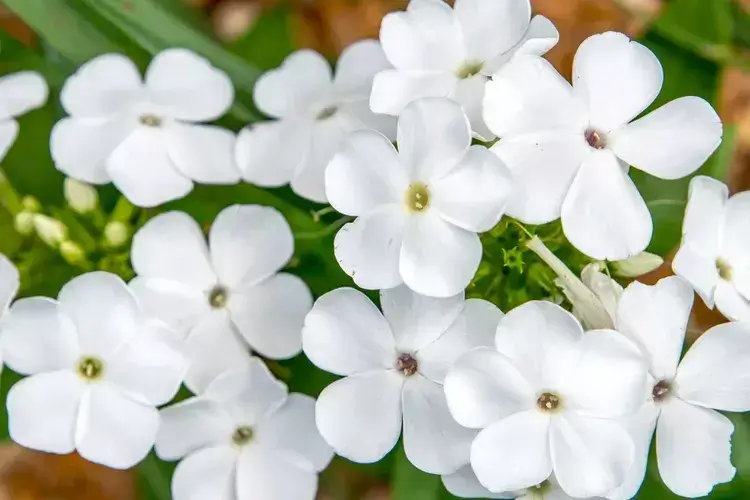
Jeana: This cultivar stands out with its charming lavender-pink flowers. What makes ‘Jeana’ particularly attractive is its ability to attract butterflies, adding a delightful touch to your garden while providing a nectar source for these winged visitors.
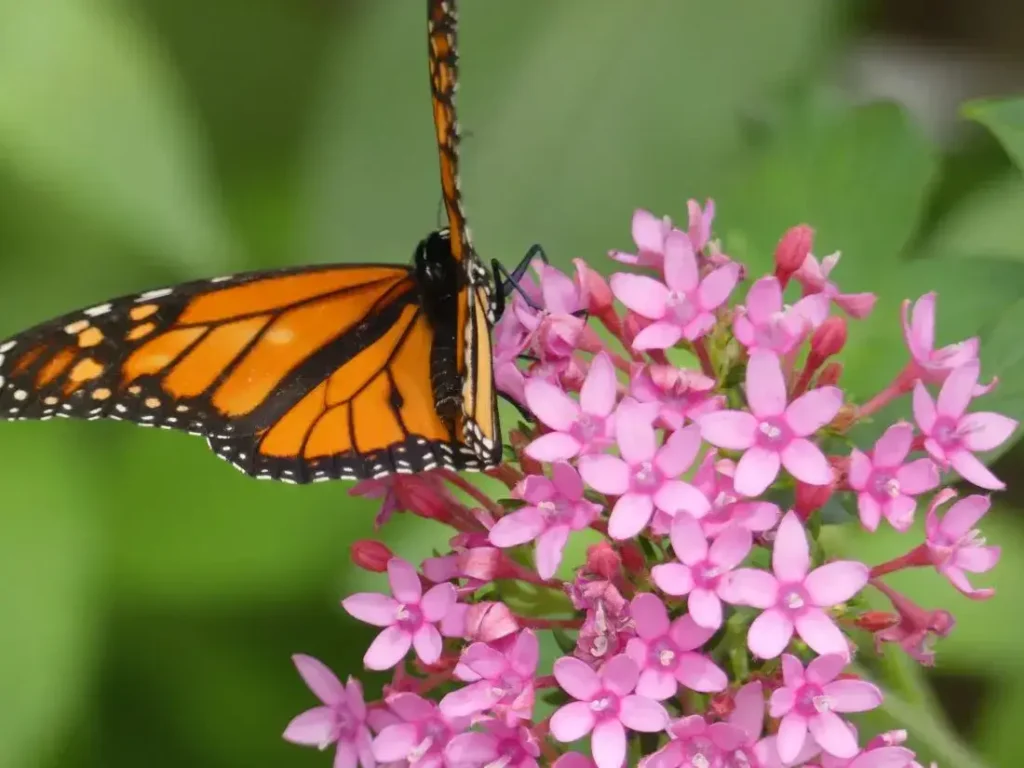
Bright Eyes: Featuring pink flowers with a darker eye, ‘Bright Eyes’ creates a captivating effect in the garden. Its eye-catching blooms and well-branched structure make it a popular choice for both formal and cottage-style gardens.
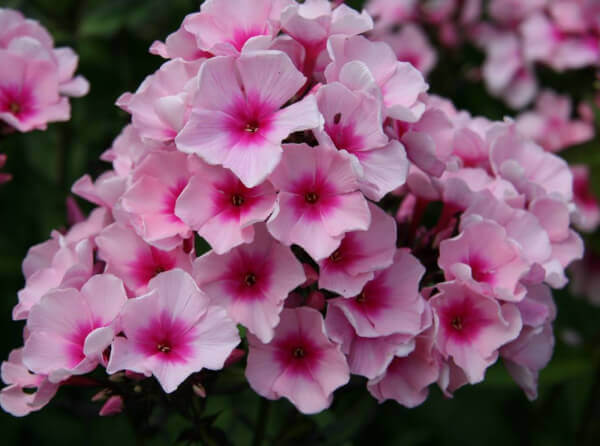
Creeping Phlox (Phlox Subulata)
Emerald Blue: With its vibrant deep blue flowers, ‘Emerald Blue’ forms a dense mat of evergreen foliage, making it an excellent ground cover. This low-growing variety is well-suited for rock gardens, slopes, and the front of borders.
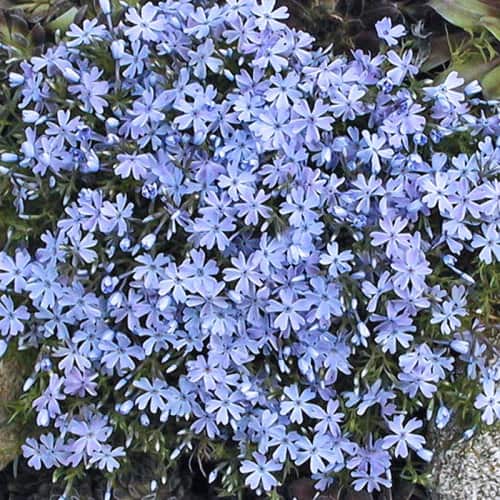
Candy Stripe: Offering a visual delight, ‘Candy Stripe’ features striped flowers in shades of pink and white. Its spreading growth habit creates a carpet of color, making it an ideal choice for adding texture and vibrancy to various garden settings.
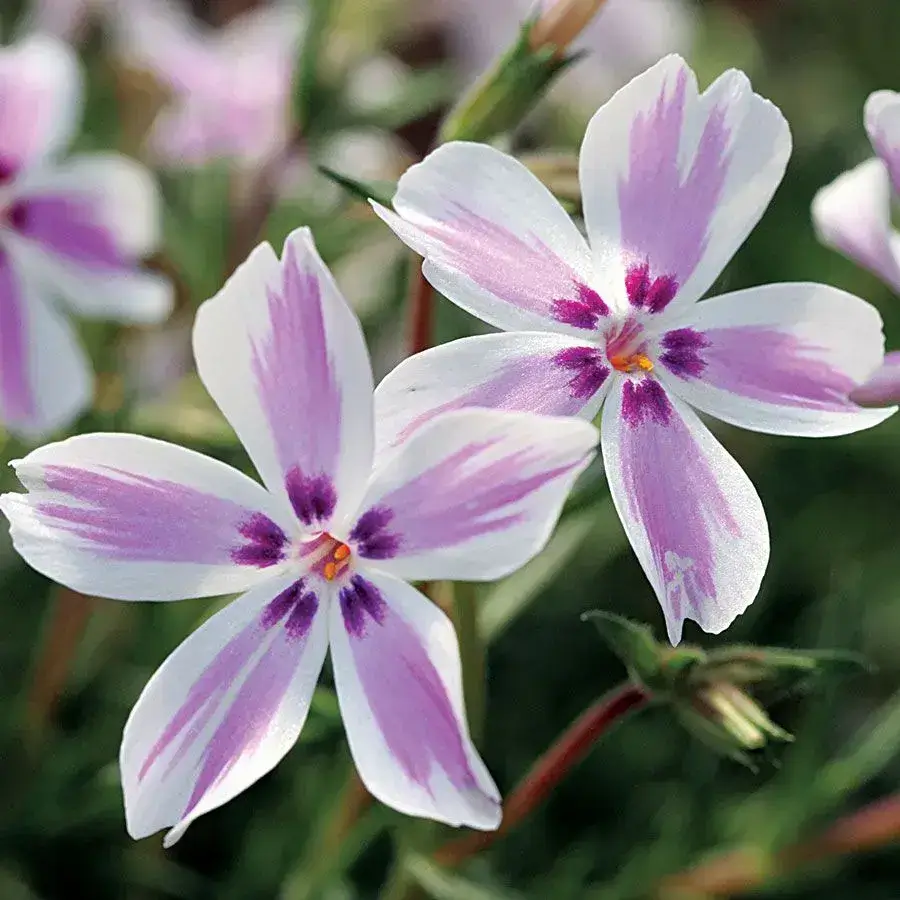
Fort Hill: Known for its lavender-pink flowers, ‘Fort Hill’ is appreciated for its ability to cover the ground with a delightful carpet of color. Its resilience and spreading nature make it suitable for slopes and rock gardens.
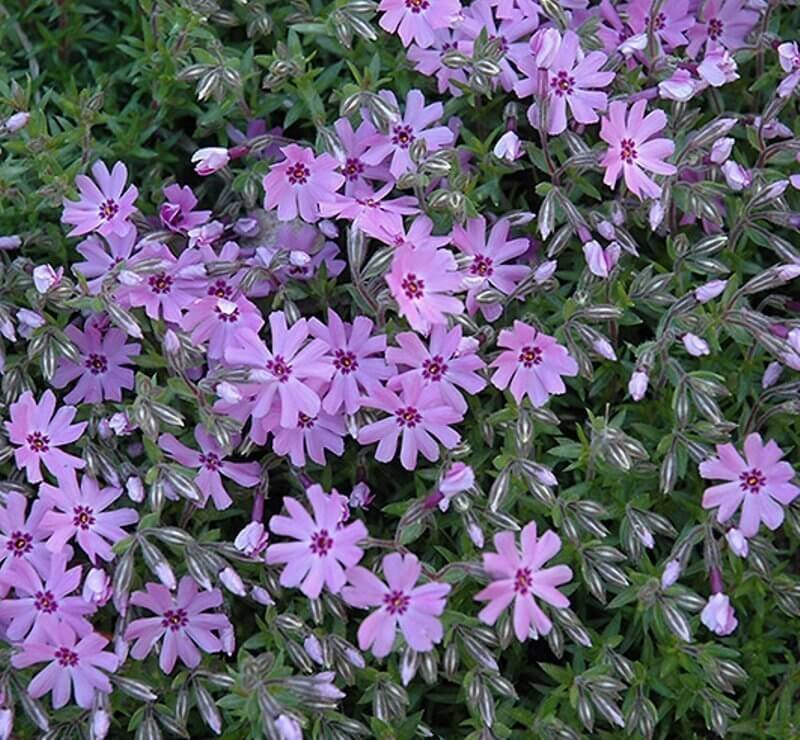
Annual Phlox (Phlox Drummondii)
Twinkle Star: As a compact and early-blooming annual phlox, ‘Twinkle Star’ boasts star-shaped flowers in a range of colors. This variety is well-suited for containers, borders, and adding a pop of color to annual beds.
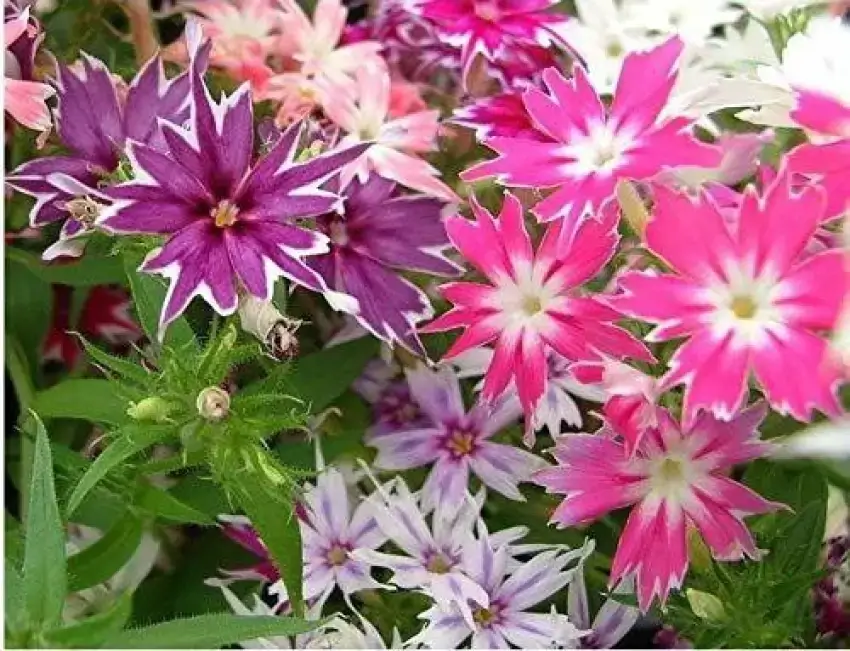
Cherry Caramel: Offering a unique color combination of cherry-red and caramel, this annual phlox variety adds a touch of warmth and intrigue to garden spaces. Its compact growth makes it versatile for various planting arrangements.
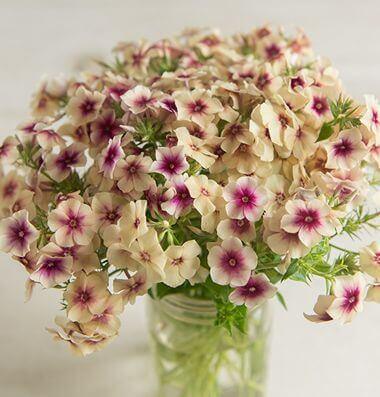
Meadow Phlox (Phlox Maculata)
Delta Snow: Featuring fragrant white flowers, ‘Delta Snow’ is a meadow phlox variety that is resistant to powdery mildew. Its clusters of blooms and attractive foliage contribute to a lovely display in perennial beds and meadow gardens.

Alpha: With lavender-pink flowers arranged in dense clusters, ‘Alpha’ is another notable meadow phlox variety. Its graceful appearance and ability to thrive in a variety of soil conditions make it a versatile choice for gardeners.
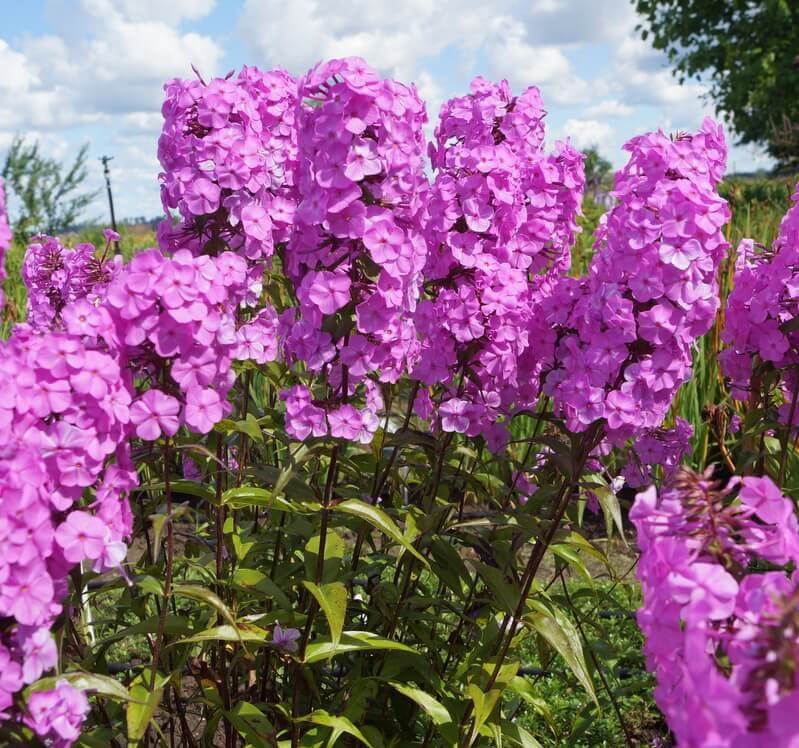
These phlox varieties, bursting with a spectrum of colors, diverse growth habits, and versatile uses, empower gardeners to select the ideal phlox for their specific preferences and garden designs, unveiling the secrets of how to grow creeping phlox with grace and beauty
Guide On Growing Creeping Phlox
Learn practical tips on how to grow creeping phlox for a low-maintenance garden.
1. Choosing the Right Soil Conditions
- Creeping phlox is a resilient plant that can adapt to various soil types. However, to grow creeping phlox successfully, start by selecting a planting location with well-drained soil that is both moist and enriched.
2. Maximizing Sunlight Exposure:
- To achieve successful cultivation, it’s essential to understand how to grow creeping phlox in a sunny area, ensuring it gets the right amount of sunlight. Optimal results are achieved when planted in a sunny location, allowing the plant to thrive in full sun to partial shade.
3. Enhancing Soil Quality with Organic Amendments:
- Boost the soil quality by incorporating organic amendments. This step provides essential nutrients that contribute to the overall health and vigor of creeping phlox.
4. Establishing Adequate Watering Practices:
- During the initial stages, water the plant thoroughly to facilitate proper establishment. Adequate watering is crucial for the successful growth and development of creeping phlox.
5. Planting at the Right Depth:
- When planting creeping phlox, ensure it is placed at soil level. Avoid burying the stem in the earth to promote the plant’s health and longevity.
By adhering to these simple yet effective instructions, you can learn how to grow creeping phlox early spring colors from your creeping phlox for years to come. If you have any specific inquiries or require more detailed guidance, feel free to ask!
Care Tips For Creeping Phlox
1. Fertilization for Growth and Flowering:
- Provide a boost to your creeping phlox by applying fertilizer in early spring. This encourages new growth and enhances the plant’s flowering capabilities.
2. Supplementary Watering in Hot Summers:
- A key aspect of how to grow creeping phlox healthily involves establishing a consistent watering routine during the critical early growth stages. Even established creeping phlox benefits from additional watering during hot summer periods. Plants along rockeries may show signs of scorching, making supplemental watering crucial.
3. Pruning for a Second Bloom:
- After the initial flowering, trim back the stems of creeping phlox to promote a second bloom. This pruning technique contributes to prolonged flowering periods.
4. Winter Pruning for Rejuvenation:
- In late winter, consider cutting back the plant for rejuvenation. This aids in producing young, more compact stems, ensuring the health and vitality of the creeping phlox.
5. Vigilance Against Pests:
- In the comprehensive care guide, vigilance against pests plays a role in how to grow creeping phlox, with organic insecticidal soap being a valuable tool for infestation control. Monitor for mites and other pests regularly. Swiftly address any infestations by using organic insecticidal soap, contributing to the overall well-being of the creeping phlox.
With these care practices, you can maintain the health and beauty of your creeping phlox, ensuring its longevity and vibrant appearance. Elevate your garden’s beauty by mastering how to grow creeping phlox with these simple steps.
Creeping Phlox Propagation Guide
1. Division for Increased Growth:
- Expand your collection of creeping phlox by dividing the plant. Gently dig up the plant while preserving the root ball. Use a sharp soil knife or spade to cut through the center of the plant and roots. Replant one-half in the original hole and relocate the other half to any desired location for additional groundcover.
2. Periodic Division for Healthier Plants:
- To promote the health of your creeping phlox plants, consider dividing them every few years. This practice encourages healthier growth and vitality.
3. Stem Cuttings for Rooting:
- Understand how to grow creeping phlox by cutting the plant back in late winter for rejuvenation and compact stem production. Take stem cuttings during summer or fall. Dip these cuttings in a plant hormone and plant them in a soil-less medium to encourage root development.
By following these propagation techniques, you can easily multiply your creeping phlox plants and ensure a vibrant and colorful groundcover in various areas of your garden.
Conclusion
In conclusion, cultivating the vibrant and resilient creeping phlox in your garden is a rewarding endeavor. The journey of how to grow creeping phlox encompasses simple yet crucial steps, from selecting an ideal planting location with well-drained soil to ensuring it receives the right amount of sunlight. Understanding how to grow creeping phlox healthily involves enriching the soil with organic amendments and establishing a consistent watering routine during the initial stages.
Additionally, the process extends to careful planting at soil level and providing supplemental care during hot summer periods. Exploring how to grow creeping phlox can also involve propagation methods such as division and stem cuttings. In essence, mastering how to grow creeping phlox is a journey that not only yields beautiful results but also contributes to the overall charm and diversity of your garden. So, follow these tips on how to grow creeping phlox, and enjoy the vibrant colors and groundcover beauty it brings to your outdoor space.
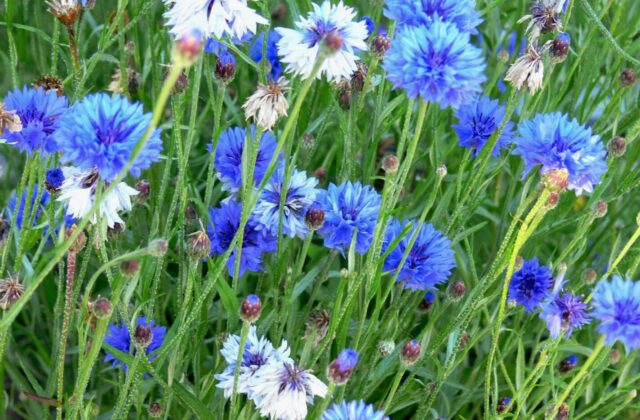
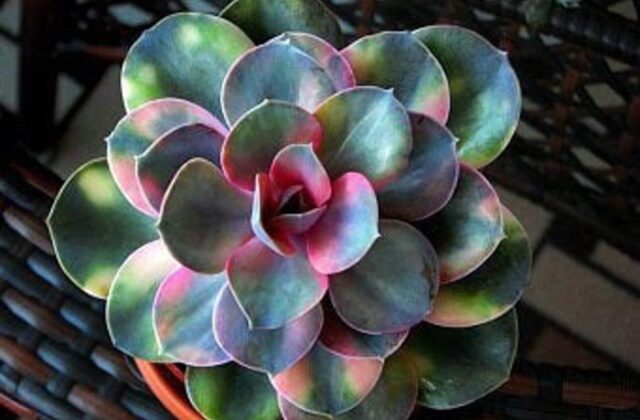
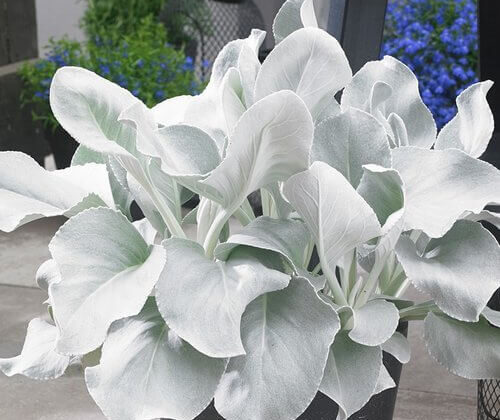
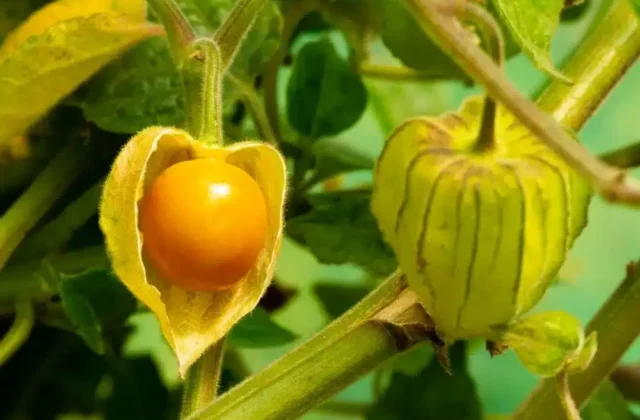
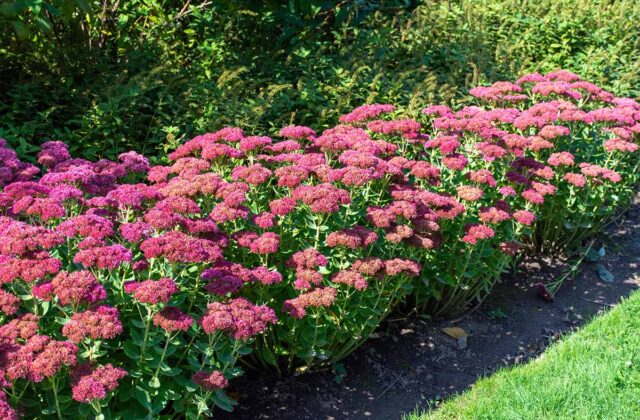
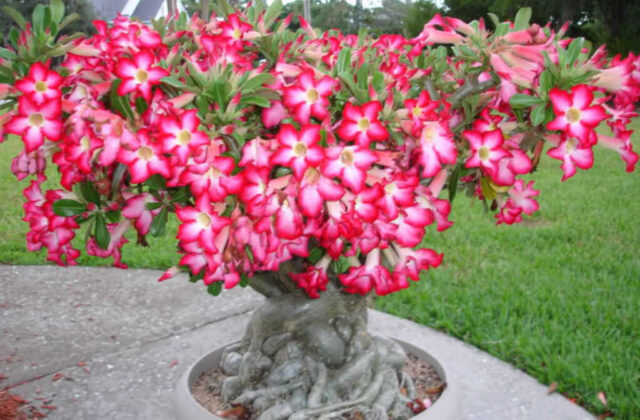
2 comments
Keep functioning ,remarkable job!
My brother suggested I might like this blog He was totally right This post actually made my day You cann’t imagine just how much time I had spent for this information! Thanks!